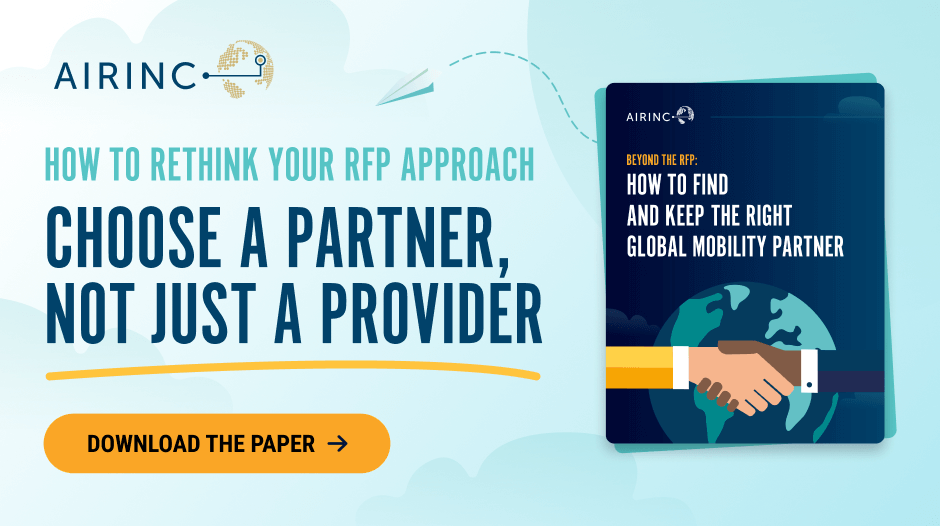Selecting the right Global Mobility partner—whether it’s a Relocation Management Company (RMC), a technology provider, or a tax and immigration consultant—can feel surprisingly similar to dating. It’s exciting, full of potential, but also involves important decisions. Just like in relationships, the success of your partnership depends on finding the right fit and nurturing that relationship over time.
This topic was recently explored in our webinar, where we discussed key considerations for selecting and managing mobility partnerships. If you missed the live session, you can access the recording here.
Defining Your Perfect Match
Before diving into the sea of potential partners, it’s essential to reflect on your own needs. Just like dating, knowing what you want—and what you don’t—will help you make better decisions. Consider your team, company culture, and the challenges your mobility program faces. Does your organization prioritize high-touch service or cutting-edge technology? What has worked in past partnerships, and where have you faced challenges?
Creating a "must-have" list before engaging with potential providers ensures you remain focused on what truly matters for your program and eliminates distractions from flashy sales pitches. This reflection will set the stage for a thoughtful selection process, guiding you to a partner who truly aligns with your goals.
Are They "The One" or Just a Fling?
Not every partnership is built to last, and it’s crucial to identify whether a provider is a great fit for the long term or just a short-term fling. Here are key factors to evaluate when considering your potential match:
Alignment of Service Offering: Does the provider’s service match your needs? A great reputation is valuable, but it won’t matter if their services don’t align with your program's requirements.
Experience & Expertise: Does the provider have a proven track record with companies like yours? Industry experience is important, but their ability to understand the specific needs of your organization is even more crucial.
Cultural Alignment: Does the provider align with your company’s values? If you value flexibility and innovation but the provider has rigid processes, it could lead to friction. The best partnerships feel like an extension of your team.
Responsiveness & Communication Style: How do they communicate? Look for transparency, proactive communication, and a willingness to collaborate. If you find yourself chasing them for updates early on, this could signal future frustrations.
References: Always ask for references, and don’t just take any—request references from organizations that are similar to yours in size, needs, or geography. References offer valuable insight into what it’s like to work with a provider and can help you uncover potential red flags.
Setting Expectations for Long-Term Success
Once you’ve found the right partner, it’s essential to set clear expectations through Service Level Agreements (SLAs) and Key Performance Indicators (KPIs). These tools serve as your relationship contract, ensuring accountability and alignment.
SLAs define the provider’s commitments, including what they will deliver and the timeline. KPIs measure success, focusing on how your provider contributes to the overall success of your mobility program. Setting realistic, high expectations will ensure that your provider is continuously working to improve your program’s outcomes.
It’s also vital to focus on both accountability and incentives. While penalties for not meeting expectations are important, consider also including rewards for exceeding them. After all, as the saying goes, "You catch more flies with honey than vinegar."
Keeping the Spark Alive
The key to any lasting relationship is evolution. As your program grows and changes, so should your partnerships. Just like in dating, the best relationships aren’t static—they require ongoing communication and attention.
Today’s procurement process is smarter and more data-driven than ever before. Companies are looking for partners who leverage AI and automation to streamline services, enhance compliance, and improve accuracy. The procurement process should be transparent, collaborative, and focused on building a long-term partnership.
As part of this ongoing relationship, consider incorporating real-time data dashboards, actionable insights, and continuous collaboration with your providers. These tools can help ensure your partnerships remain strong and adaptable as your business evolves.
 Final Thoughts
Final Thoughts
Choosing the right Global Mobility partner is a process that requires careful thought and reflection. By defining what you need, evaluating potential providers based on their services, expertise, and cultural fit, and setting clear expectations for success, you can build a partnership that stands the test of time.
Remember, successful partnerships come from knowing what you need, asking the right questions, and choosing a partner who will grow with you. So, go forth, choose wisely, and build lasting relationships that will help take your mobility program to the next level.




%20(37).png)

.jpeg)

